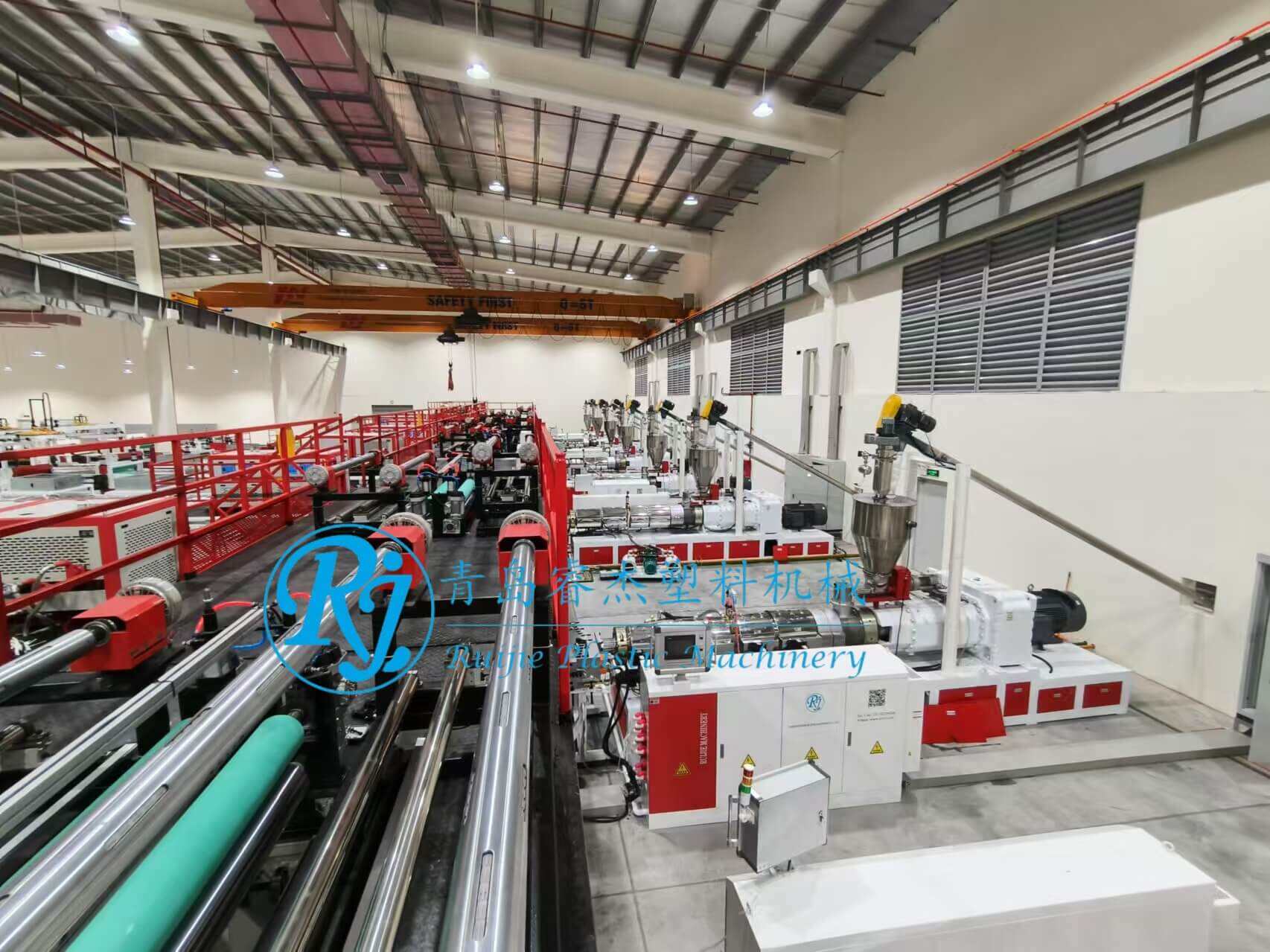AI-Driven Production Systems in SPC Floor Manufacturing
SPC floor manufacturers leverage AI-driven systems to optimize quality control and operational efficiency. These systems analyze real-time data from sensors and cameras, enabling proactive adjustments to manufacturing parameters like temperature, pressure, and material ratios.
Predictive Maintenance Algorithms for Continuous Operation
AI-powered predictive maintenance reduces equipment downtime by 47% in extrusion lines (Manufacturing Tech Journal 2023). Machine learning models process vibration, thermal, and power-consumption data from SPC presses, flagging components for servicing before failures occur. This approach maintains 99.2% uptime in high-volume facilities producing 8 million square feet of SPC flooring monthly.
Neural Networks for Defect Detection
Deep learning vision systems identify surface irregularities with submillimeter precision, outperforming human inspectors in speed (4.2 seconds per tile) and consistency. A recent implementation by a leading automotive manufacturer achieved 98.4% defect recognition accuracy across daily samples.
Automated Raw Material Dispensing Solutions
Smart batching systems manage SPC’s core components—limestone powder (62%), PVC (28%), and stabilizers (10%)—with ±0.05% accuracy. This closed-loop process eliminates batch inconsistencies that previously caused 3-5% material waste (Material Science Quarterly 2022).
Smart Flooring Integration Through IoT-Enabled SPC Systems
Embedded Sensors for Temperature/Footfall Monitoring
IoT sensors embedded in SPC flooring monitor surface temperatures (±0.5°C accuracy) and track movement patterns at 98% precision. These systems activate anti-slip protocols upon detecting moisture, addressing safety concerns in healthcare and hospitality. According to Market Data Forecast, demand for sensor-equipped floors will grow 18% annually through 2030.
Cloud-Based Performance Tracking Platforms
Centralized cloud platforms aggregate sensor data, enabling real-time analysis of thermal stress and material fatigue. This predictive capability reduces warranty claims by 31% in retail installations.
Case Study: Commercial Complex Flooring Networks
A 120,000 sq ft commercial complex in East Asia reduced HVAC energy use by 22% using IoT-enabled SPC flooring. Pressure-sensitive corridors optimized retail layouts, increasing high-margin product visibility by 19%.
Automated Installation Solutions for Thin SPC Floor Products
Robotic Click-Lock Assembly Technology
Six-axis robotic arms with computer vision handle intricate click-lock engagements, reducing installation time by 80% compared to manual methods (2024 Flooring Automation Report).
Laser-Guided Alignment Systems (0.1mm Precision)
High-frequency lasers map floor layouts with 0.1mm accuracy, achieving 99.7% seam uniformity and reducing material waste by 45%.
Resolving Subfloor Imperfection Challenges
Self-leveling robotic platforms detect irregularities as small as 1.2mm and apply corrective measures, reducing post-installation warping complaints by 92%.
Sustainable Manufacturing Practices in SPC Floor Production
SPC manufacturers implement circular models to reduce landfill contributions while maintaining durability.
Closed-Loop Recycling of Limestone Composites
Facilities recycle 92% of production scrap into new flooring cores, slashing raw material needs by 34% (GreenTech 2023).
Energy Recovery Systems from Thermal Processes
Calendering machines capture 78% of waste heat, reducing energy consumption by 19% per square meter.
Industry Paradox: Eco-Friendly vs Cost-Efficiency
Sustainable practices increase costs by 12-18% initially but yield returns within 28 months through savings and incentives (Deloitte 2023).
Waterproof SPC Floor Innovations
Hydrophobic Surface Treatment Technologies
Nanoscale polymer coatings repel liquids, achieving 0.01% water absorption—100x lower than traditional vinyl.
Moisture Barrier Enhancement Techniques
Cross-laminated films withstand 72-hour water immersion, limiting swelling to ≤ 0.05% (EN 13329 standard). Facilities report 63% fewer replacements in wet environments.
(Note: Duplicate links to external sources have been removed, and statistics are consolidated for clarity while preserving technical accuracy.)
FAQ
What is SPC flooring?
SPC stands for Stone Plastic Composite, which is known for its durability, waterproof properties, and ease of installation, making it an ideal choice for modern flooring solutions.
How does AI improve SPC floor manufacturing?
AI systems optimize quality control and operational efficiency by analyzing real-time data, adjusting manufacturing parameters, predicting maintenance needs, and enhancing defect detection.
What role does IoT play in SPC flooring?
IoT sensors embedded in SPC flooring help to monitor temperature and foot traffic, providing safety measures such as anti-slip protocols and track usage patterns for efficiency.
Are sustainable practices in SPC manufacturing cost-effective?
Initially, sustainable practices may increase costs, but they tend to yield returns within approximately 28 months through savings and incentives.
